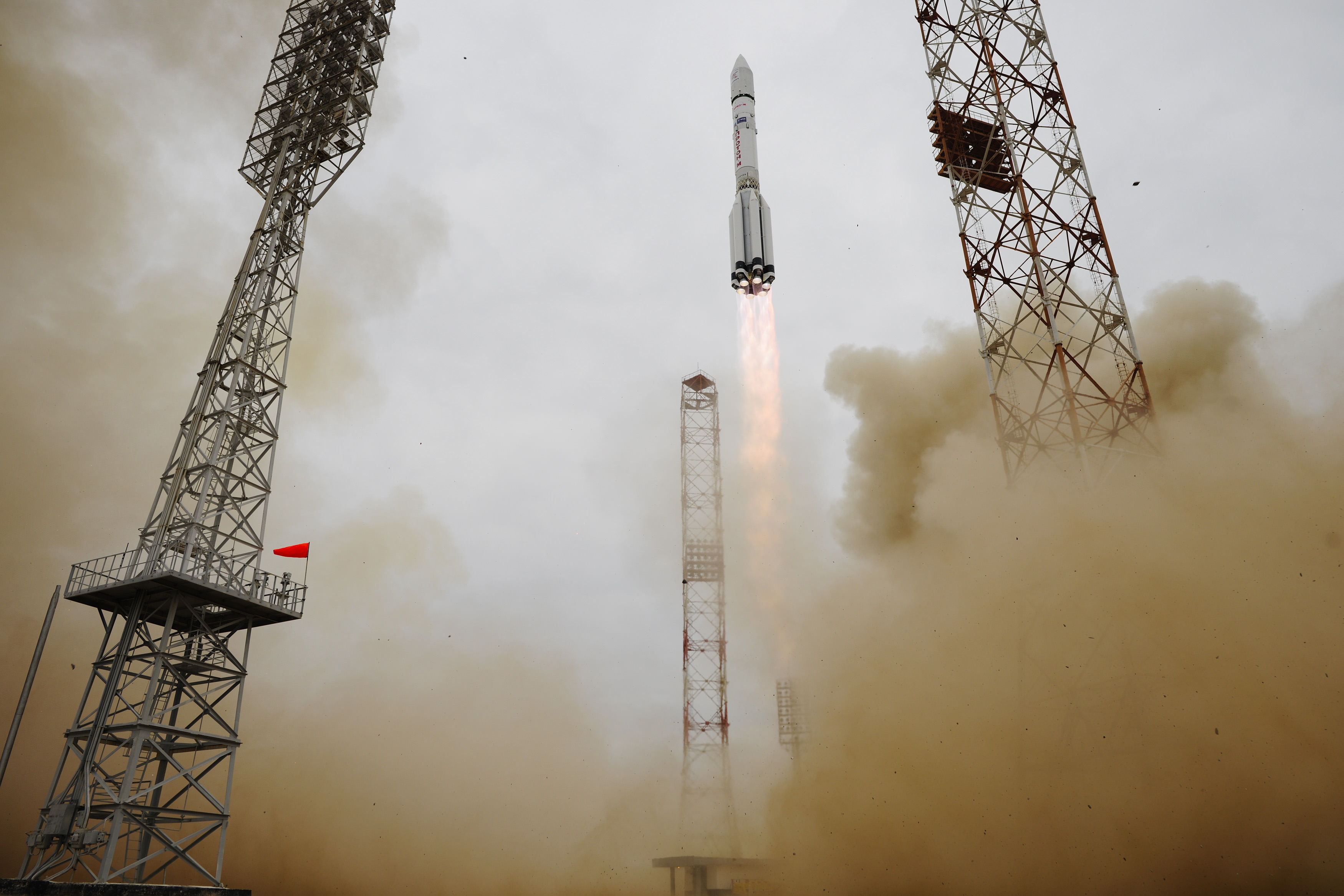
The joint European/Russian ExoMars spacecraft successfully launched early this morning from the Baikonur Cosmodrome in Kazakhstan atop a Proton-M rocket at 5:31:42 a.m. EDT (0931:42 GMT), Monday, March 14, with the goal of searching for signs of life on the Red Planet.
After settling into orbit around Mars, it’s instruments will scan for minute signatures of methane gas that could possibly be an indication of life or of nonbiologic geologic processes ongoing today.
The spacecraft is currently circling in a temporary and preliminary parking orbit around Earth following liftoff of the 191-foot-tall (58-meter) Russian-built rocket under overcast skies – awaiting a critical final engine burn placing the probe on an interplanetary trajectory to Mars.
The 9,550-pound (4,332-kilogram) ExoMars 2016 spacecraft continued soaring to orbit after nominal firings of the Proton’s second and third stages and jettisoning of the payload fairing halves protecting the vehicle during ascent through Earth’s atmosphere.
A total of four more burns from the Breeze-M upper stage are required to boost ExoMars higher and propel it outwards on its seven-month-long journey to the Red Planet.
So the excitement and nail biting is not over yet and continues to this moment. The final successful outcome of today’s mission cannot be declared until more than 10 hours after liftoff – after the last firing of the Breeze-M upper stage sets the probe on course for Mars and escaping the tug of Earth’s gravity.
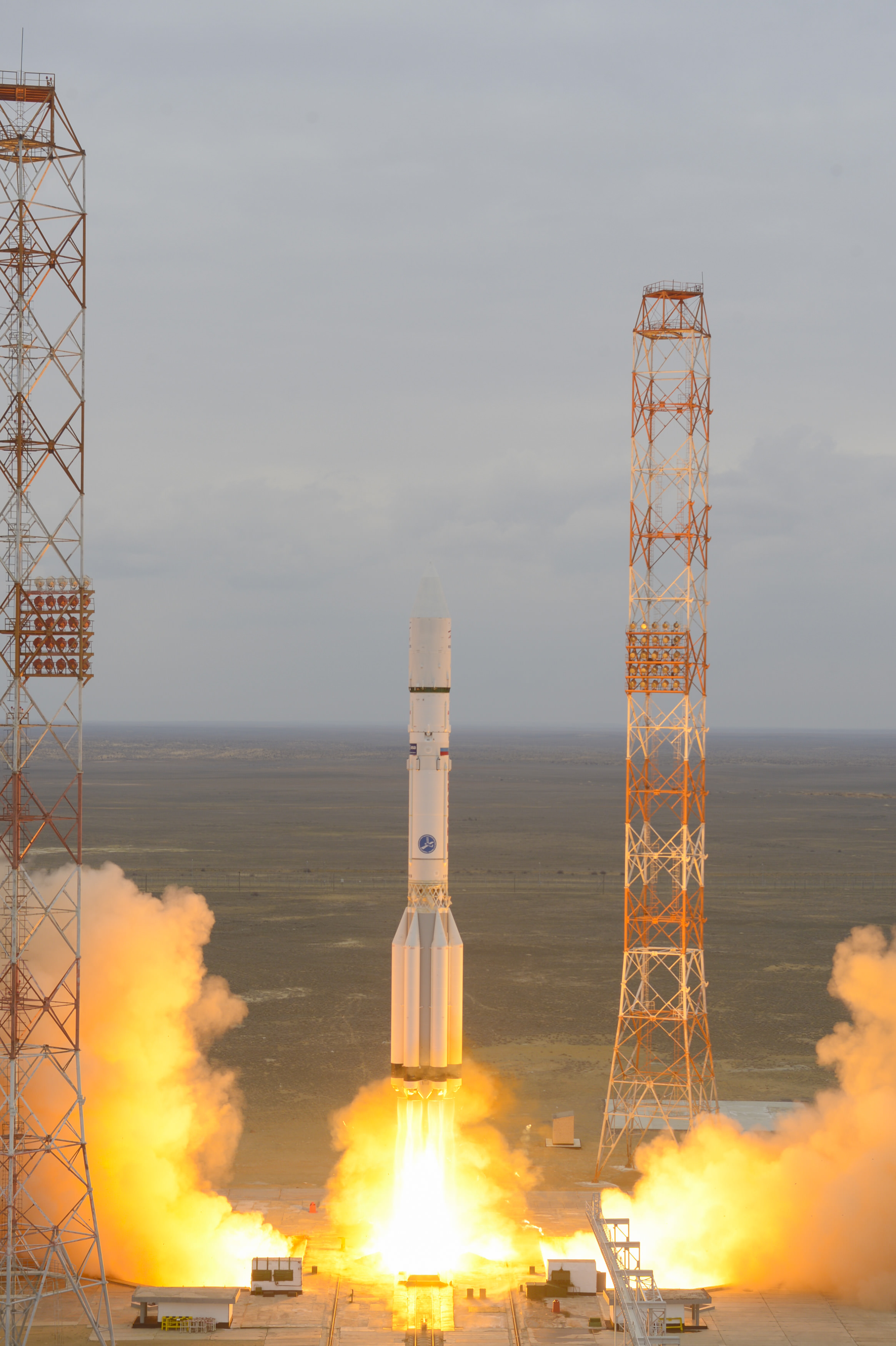
The first three Breeze-M fourth stage burns have now been completed as of about 9:40 am EST, according to ESA mission control on Darmstadt, Germany.
The fourth and final ignition of the Breeze-M upper stage and spacecraft separation is slated for after 3 p.m. EDT today, March 14, 2016.
The first acquisition of signal from the spacecraft is expected later at about 5:21:29 p.m. EST (21:29 GMT).
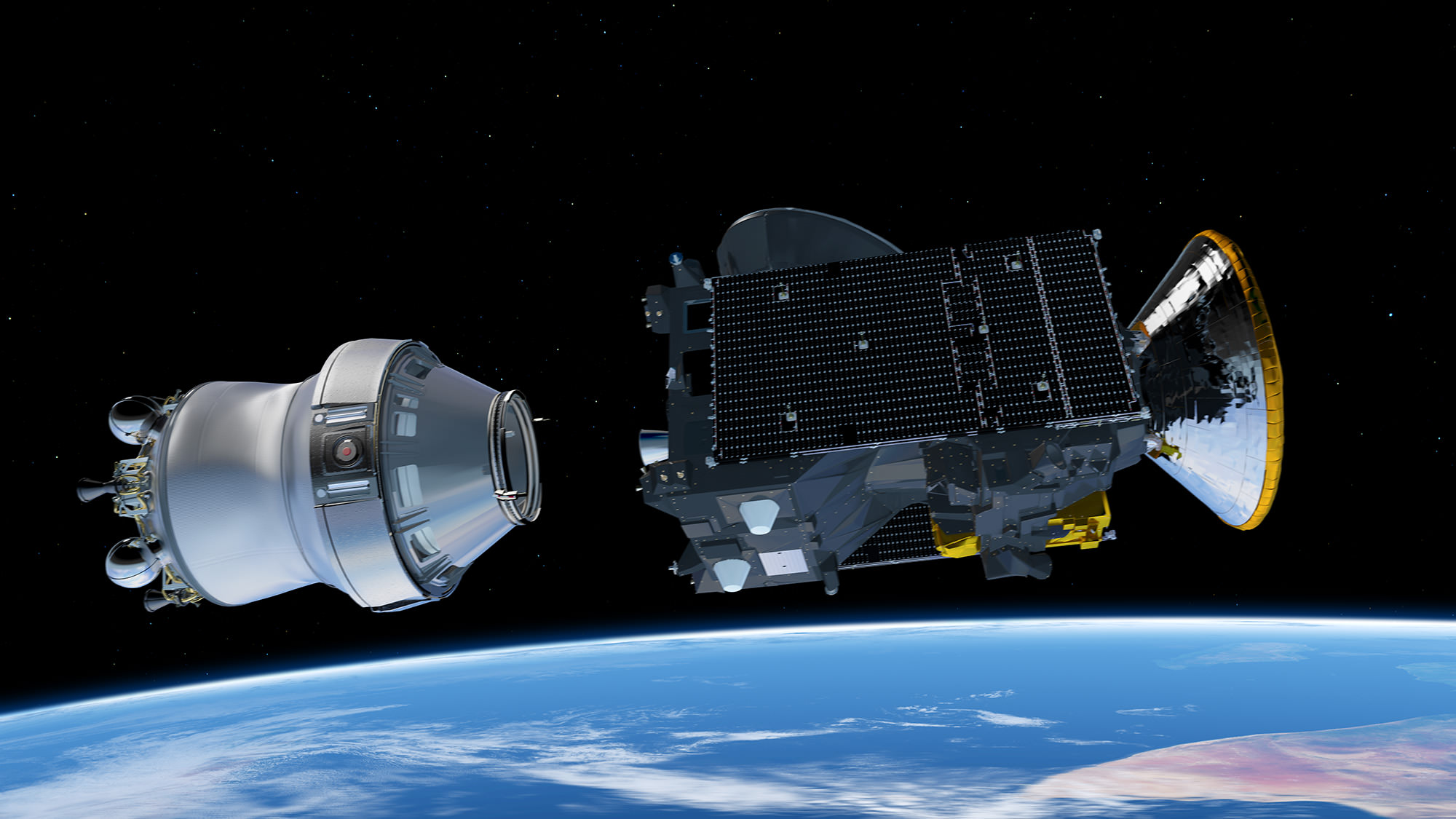
The ExoMars 2016 mission is comprised of a joined pair of European-built spacecraft consisting of the Trace Gas Orbiter (TGO) plus the Schiaparelli entry, descent and landing demonstrator module, built and funded by the European Space Agency (ESA).
The cooperative mission includes significant participation from the Russian space agency Roscosmos who provided the Proton-M launcher, part of the science instrument package, the surface platform and ground station support.
The launch was carried live courtesy of a European Space Agency (ESA) webcast:
http://www.esa.int/Our_Activities/Space_Science/ExoMars/Watch_ExoMars_launch
ESA is continuing live streaming of the launch events throughout the day as burns continue and events unfold lead up to the critical final burn of the Breeze-M upper stage
The ExoMars 2016 TGO orbiter is equipped with a payload of four science instruments supplied by European and Russian scientists. It will investigate the source and precisely measure the quantity of the methane and other trace gases, present at levels of one percent or far less.
On Earth methane can be produced by biology, volcanoes, natural gas and hydrothermal activity. TGO will investigate what makes it on Mars and follow up on measurements from NASA’s Curiosity rover and other space based assets and telescopes.
Martian methane has a lifetime of about 400 years, until it is destroyed by solar UV & mixed by atmosphere, says Jorge Vago, ESA ExoMars 2016 principal scientist.
The 2016 lander will carry an international suite of science instruments and test European entry, descent and landing (EDL) technologies for the 2nd ExoMars mission in 2018.
The battery powered lander is expected to operate for perhaps four and up to eight days until the battery is depleted.
The 2018 ExoMars mission will deliver an advanced rover to the Red Planet’s surface.
It is equipped with the first ever deep driller that can collect samples to depths of 2 meters (seven feet) where the environment is shielded from the harsh conditions on the surface – namely the constant bombardment of cosmic radiation and the presence of strong oxidants like perchlorates that can destroy organic molecules.
ExoMars was originally a joint NASA/ESA project.
But thanks to hefty cuts to NASA’s budget by Washington DC politicians, NASA was forced to terminate the agencies involvement after several years of extremely detailed work and withdraw from participation as a full partner in the exciting ExoMars missions.
NASA is still providing the critical MOMA science instrument that will search for organic molecules.
Thereafter Russia agreed to take NASA’s place and provide the much needed funding and rockets for the pair of launches in March 2016 and May 2018.
TGO will also help search for safe landing sites for the ExoMars 2018 lander and serve as the all important data communication relay station sending signals and science from the rover and surface science platform back to Earth.
ExoMars 2016 is Europe’s most advanced mission to Mars and joins Europe’s still operating Mars Express Orbiter (MEX), which arrived back in 2004, as well as a fleet of NASA and Indian probes.
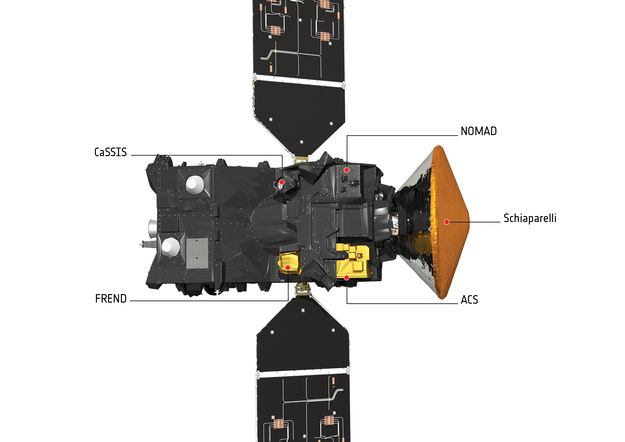
ESA/ATG medialab
The Trace Gas Orbiter (TGO) and Schiaparelli lander arrive at Mars on October 19, 2016.
Stay tuned here for Ken’s continuing Earth and planetary science and human spaceflight news.
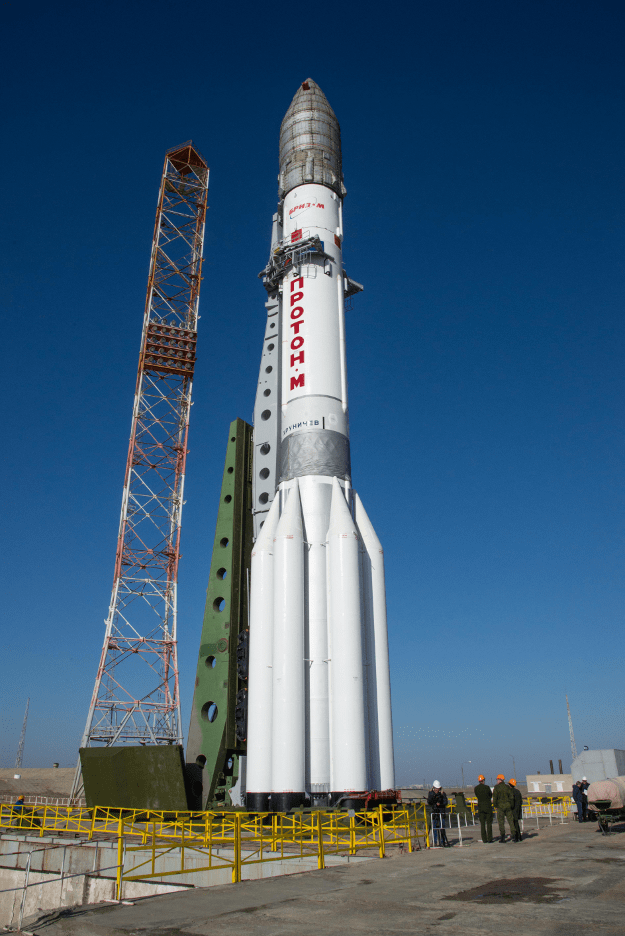
Copyright: ESA – B. Bethge
